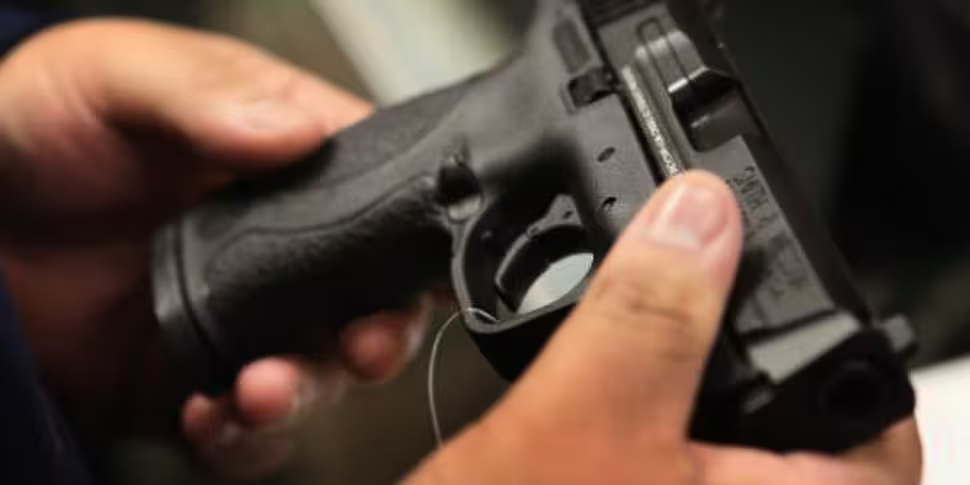In the US, films are rated by the MPAA, who offer five main guideline ratings for parents looking to determine the suitability of films for their children. General audiences and parental guidance are self-explanatory, while PG-13 serves as a 'sterner warning' that the content might not be suitable for children under 13. R means anyone under 17 cannot see the film unless accompanied by an adult, while the notorious NC-17 means only people aged 18 or over will be admitted.
The system has often been criticised for rating profanity and sexual content in much stricter terms than violence. Now, a new study suggests that the more accessible PG-13 films contain on average as much if not more gun violence than R films.
The researchers, writing in the Official Journal of the American Academy of Pediatrics, state "results found that violence in films has more than doubled since 1950, and gun violence in PG-13–rated films has more than tripled since 1985... Since 2009, PG-13–rated films have contained as much or more violence as R-rated films (age 17+) films".
Although a direct link between screen violence and real life aggression is a heavily disputed topic, the research team suggest "even if youth do not use guns, these findings suggest that they are exposed to increasing gun violence in top-selling films. By including guns in violent scenes, film producers may be strengthening the weapons effect and providing youth with scripts for using guns... This research suggests that the presence of weapons in films might amplify the effects of violent films on aggression." The team reference violent incidents where the perpetrators act "as if following a script from a movie" as examples of how cinematic violence could be influencing young people's behaviour.
Although the MPAA system is voluntary, it is widely subscribed to by cinemas. In 2006, a documentary called This Film is Not Yet Rated was released, which was extremely critical of the MPAA's policies and decisions. It explains how the secretive group often give films featuring profanity and sexual content more restrictive ratings than those featuring violence.
A New York cinema made headlines earlier this month after it opted to ignore the MPAA's NC-17 rating and allow older teenagers to attend the sexually explicit Blue is the Warmest Colour. Most cinemas in the US refuse to screen NC-17 films entirely, and therefore the rating is often considered a commercial disaster for the film's distributors.









